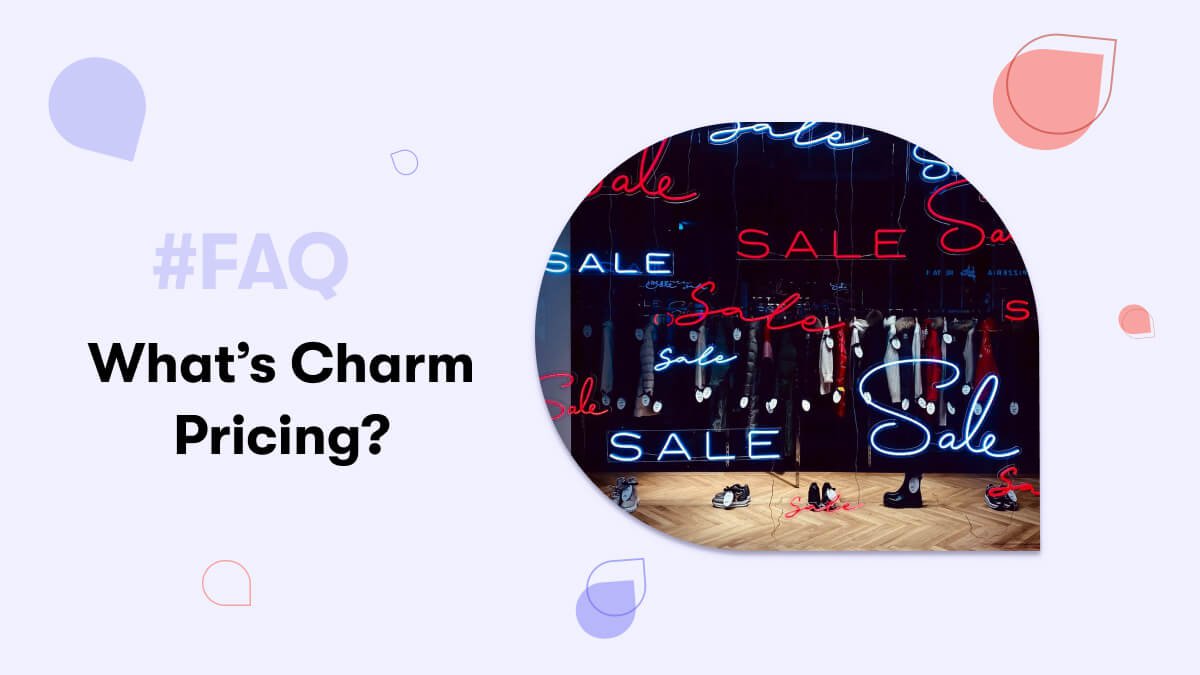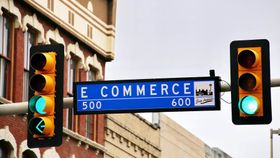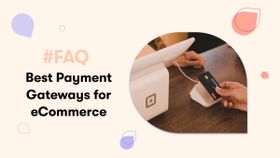Does Charm Pricing Work in eCommerce?
What is Charm Pricing in eCommerce? And how does it even work it? Here's the full guide on the topic.
Updated November 6, 2024

Charm Pricing is also known as psychological pricing. It’s the use of strategies to have a psychological influencer on the shopper and sway them to buy a particular product or service. Charm Pricing is used everywhere and certainly has a central role to play in the eCommerce industry.
One of the central ideas of Charm Pricing is that prices should end with 5 or 9 to have the maximum psychological impact (1997 study). They help the shoppers perceive a gain and an opportunity cost of not buying the product. For example, an item would sell for $5.99 more often than if it was priced at $6.00.
The benefits of charm pricing
The main benefit of charm pricing is that consumers perceive fractional prices as an increased benefit and a decreased loss. Since losses loom larger than gains (prospect theory) and since most consumers read from left to right, when the price of an item changes from $600 to $599, the "6" changing to a "5" makes all the difference.
The price went down by only $1 but it looks so much more attractive to the average consumer.
To summarize, the benefits of charm pricing include:
- Increase your sales
- Easily differentiate sales from regular or full-priced items
- Compete with lower-priced brands
- Create customer loyalty
- Direct buyer attention to specific items
- Easily automate your pricing to compete over the weekend/holiday season
Do lower prices lead to more sales?
Lower prices do generally lead to more sales but at decreased margins. So if your business can handle a lower margin and could see an overall increase in revenue with the increased sales volume then you should definitely use your strategy. It could also help increase your cash flow and inventory revenue.
Another benefit of lowering prices is that it could eliminate the competition. You could use this strategy for a short period of time to significantly boost your rankings on online marketplaces (like Amazon and Google Shopping). Just make sure that you conduct ample pricing research and track competitor pricing throughout the experiment.
When charm pricing doesn't work
There are certain instances when charm pricing doesn't work, or doesn't have the desired effect on your sales. For example, luxury brands don't utilize charm pricing because it cheapens the product and the brand image. The price is not an issue in that industry and brands compete on product differentiation and quality, rather than price.
Another example of when charm pricing doesn't work is when you are competing with other brands on an online marketplace like Amazon. There it's more important to be on the top of the list. And the best advice we could give you on making sure that your products always stay competitive is to use pricing automation software like Prisync.
Which pricing strategy is right for you?
Each pricing strategy that you use depends on the type of business you have, the current market conditions, and your ideal customer. You can experiment with different strategies until you find the perfect one. Want to learn more? Check out our full guide to Pricing Automation for eCommerce.




